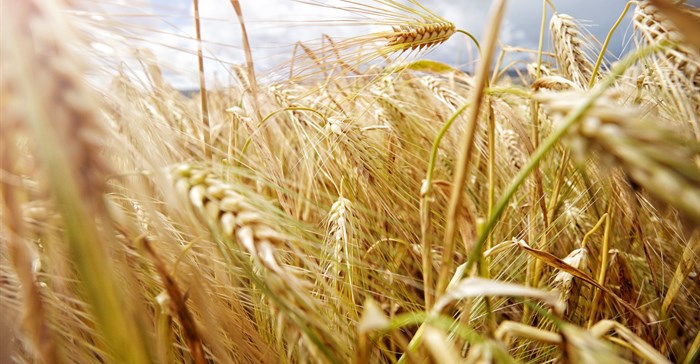After peaking to 7.4% year-on-year in August 2021, South Africa's consumer food price inflation has continued to moderate and softened to 6.0% in November from 6.7% in October.
The food products prices underpinning this deceleration in inflation are bread and cereals, meat, fruit, and vegetables. For the first eleven months, consumer food price inflation averaged 6.5% (compared with 4.6% year-on-year in 2020). The high grains, vegetable oils and meat for much of the past few months were the primary drivers of the consumer food price inflation.
As we set out in the previous note, while we expect consumer food price inflation to continue to slow into 2022, we no longer think this will be significant. Meat, which decelerated somewhat in November, along with oils and fats, will likely remain at fairly higher levels for some time, thus countering the potential decline in various products such as 'bread and cereals' and 'vegetables'.
For example, the cattle slaughtering activity remain at relatively lower levels compared to 2020, and this could provide mild upward pressures for meat price inflation in the near term. In September 2021, cattle slaughtering activity was down 3% year-on-year, with 212750 head slaughtered. The livestock industry is still in the herd-rebuilding process that we have been in since the drought of 2015-16. Moreover, the excellent performance in crops production in the 2020/21 season may have helped provide some financial breathing room for some diversified farmers to rebuild herds rather than sell more meat to the domestic market.
Additionally, the potential uptick in meat demand during the festive season might also add to the upward price pressures in meat. In addition, South Africa is a net importer of vegetable oils and fats, and these product prices have remained elevated in the global market.































